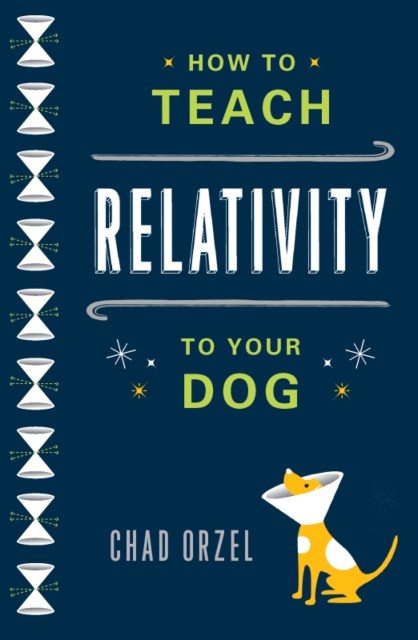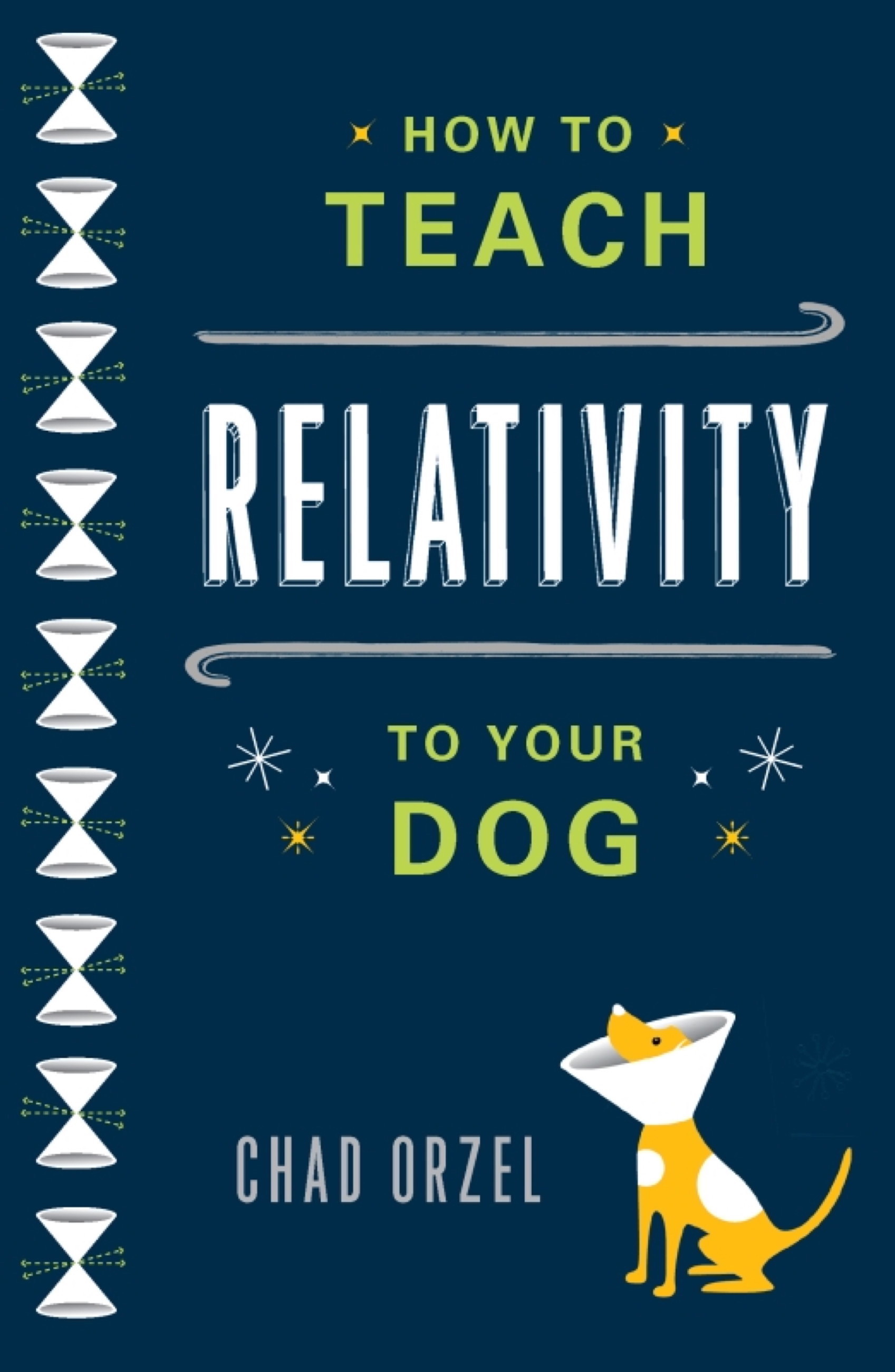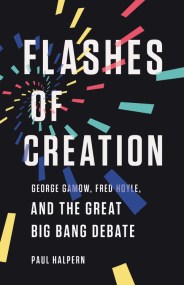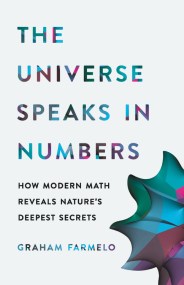Promotion
25% off sitewide. Make sure to order by 11:59am, 12/12 for holiday delivery! Code BEST25 automatically applied at checkout!
By clicking “Accept,” you agree to the use of cookies and similar technologies on your device as set forth in our Cookie Policy and our Privacy Policy. Please note that certain cookies are essential for this website to function properly and do not require user consent to be deployed.
How to Teach Relativity to Your Dog
Contributors
By Chad Orzel
Formats and Prices
- On Sale
- Feb 28, 2012
- Page Count
- 368 pages
- Publisher
- Basic Books
- ISBN-13
- 9780465029372
Price
$12.99Price
$16.99 CADFormat
Format:
- ebook $12.99 $16.99 CAD
- Audiobook Download (Unabridged)
- Trade Paperback $17.99 $22.99 CAD
This item is a preorder. Your payment method will be charged immediately, and the product is expected to ship on or around February 28, 2012. This date is subject to change due to shipping delays beyond our control.
Buy from Other Retailers:
Physics professor Chad Orzel and his inquisitive canine companion, Emmy, tackle the concepts of general relativity in this irresistible introduction to Einstein's physics. Through armchair- and sometimes passenger-seat-conversations with Emmy about the relative speeds of dog and cat motion or the logistics of squirrel-chasing, Orzel translates complex Einsteinian ideas — the slowing of time for a moving observer, the shrinking of moving objects, the effects of gravity on light and time, black holes, the Big Bang, and of course, E=mc2 — into examples simple enough for a dog to understand.
A lively romp through one of the great theories of modern physics, How to Teach Relativity to Your Dog will teach you everything you ever wanted to know about space, time, and anything else you might have slept through in high school physics class.
Genre:
-
“Witty and clear-thinking. . . . Professor Orzel, who teaches physics at Union College and runs the blog Uncertain Principles, is turning his own dog, Emmy, into something of a franchise….succinct and entertaining …. bravo to both man and dog.”New York Times
-
"Rather than barking or growling, Emmy leavens the mood with requests for walks; and when the academics get heavy, she interjects to beg for clarification. Obviously, real-life dogs will not walk away from the book with a grasp of the universe's mechanics, but the human sort of non-scientist can get some benefit."Washington Post
-
“Amusing and engaging. . . . It’s informal and has a lightness of touch that can be reassuring when trying to get your head around some big concepts.”BBC Focus
-
"A clever introduction to the often intimidating concepts of special and general relativity, couched as a series of conversations between the author and his dog, Emmy. It may sound like a strange setup, but the somewhat kooky concept works well for explaining a field of physics that can sound, well, kooky to the uninitiated.... While keeping the math to a minimum, Orzel provides a clear and thorough primer. It might take some practice to start equating subatomic particles to running bunnies, but the reader will find that puzzling through the details is worth the effort."Science News
-
"With canine humor and math- or physics-related jokes, Orzel keeps readers interested, while teaching the elements of physics that we promptly forgot after we took the test."Booklist
-
"[E]ngaging and readable for a general audience.... I suggest people who balk at the idea of a talking dog but are nevertheless interested in the broad sweep of one of the two great theories of the twentieth and early twenty-first centuries should give this book a chance. After all, every dog has its day."Nature Physics
-
“[A] compact and instructive walk through Einstein’s theory of relativity. . . . [T]he prose is breezy and straightforward, and the material well organized. . . . Relativity constantly amazes, and the glimpses of understanding provide rewarding and satisfying moments.”Publishers Weekly
-
"Unlike quantum physics, which remains bizarre even to experts, much of relativity makes sense. Thus, Einstein's special relativity merely states that the laws of physics and the speed of light are identical for all observers in smooth motion. This sounds trivial but leads to weird if delightfully comprehensible phenomena, provided someone like Orzel delivers a clear explanation of why."Kirkus Reviews
-
"Readers who enjoy Michio Kaku, Brian Greene, or Neil deGrasse Tyson will love this book. Full of quotes, math jokes, and silly canines, the book strives to make its audience amazed by, not frightened of, physics. With exuberant Emmy at the lead, readers can't help but be dragged (willingly!) toward a better understanding of special and general relativity."Library Journal
-
"Dogs are a practical species. They aren't interested in speculation and conjecture; they like food, walks, and proven physics like Einstein's relativity. If you really want to further your dog's education (and learn something yourself in the process), Chad Orzel's book is the first place you should turn."Sean Carroll, author of The Big Picture
-
"Emmy may be one smart dog, but her owner also happens to be an uncommonly gifted communicator. Chad Orzel's treatment of special and general relativity is comprehensive, informative, and amazingly accessible, yet it's funny too. This is, by far, the most entertaining discussion of the subject that I've ever had the pleasure of reading."Steve Nadis, coauthor of The Shape of Inner Space
-
"With Nero, the egocentric cat who believes it is the centre of the universe, and Emmy, the student dog whose questions and misunderstandings would drive any teacher to distraction, and whose interest in relativity is how E=mc^2 can turn squirrels into energy, Chad Orzel has created a delightful cast of characters to make his introduction to relativity relatively painless. A cleverly crafted and beautifully explained narrative that guides readers carefully into the depths of relativity. Whether you are a hare or a tortoise, or even a dog, you will enjoy this."Frank Close, author of The Infinity Puzzle and Destroyer of Worlds
-
"For the price of a book, Orzel delivers the heady, joyful experience of taking a small college class with a brilliant and funny professor who really knows how to teach. A thoroughly winning romp through a rock-solid presentation of a beautiful subject."Louisa Gilder, author of The Age of Entanglement
-
"Everyone's favorite physics-loving canine is back, this time giving us a dog's eye view of Einstein and relativity. Physics professor Chad Orzel leads Emmy (and us) through an engaging tour of light speed, time dilation, and amazing shrinking bunnies (length contraction)--not to mention what all this means for the search for the elusive 'bacon boson.'"Jennifer Ouellette, author of The Calculus Diaries
Newsletter Signup
By clicking ‘Sign Up,’ I acknowledge that I have read and agree to Hachette Book Group’s Privacy Policy and Terms of Use







